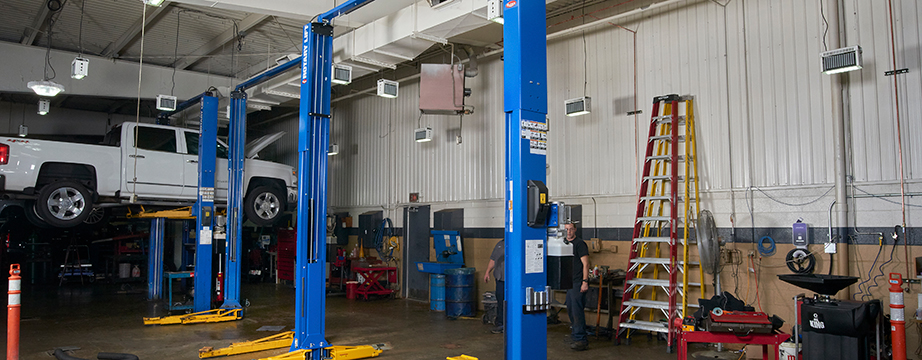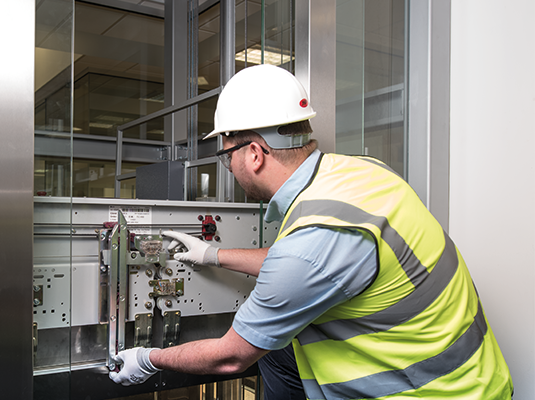Advanced Lift Engineer Course: Get Ready For Jobs with Leading Lift Repair Companies Near Me
Advanced Lift Engineer Course: Get Ready For Jobs with Leading Lift Repair Companies Near Me
Blog Article
Comprehensive Guide to Lift Solutions and Their Maintenance
Navigating the intricate globe of lift systems and their upkeep is a job that demands precision and knowledge. From the numerous types of lift systems in use to the careful adherence to safety and security regulations, the maintenance of these upright transport devices is a diverse venture.
Kinds Of Lift Solutions
The most common kinds include hydraulic lifts, grip elevators, machine-room-less lifts, and vacuum cleaner elevators. Hydraulic lifts are excellent for low-rise structures and utilize a hydraulic piston to move the elevator vehicle. Machine-room-less elevators are a space-saving choice as they do not require a separate device space for the elevator machinery.
Each kind of lift system has its own advantages and disadvantages, making it crucial for structure proprietors and developers to meticulously consider their specific needs before choosing one of the most suitable choice. Variables such as developing height, space schedule, energy performance, and budget restraints all play a significant role in determining the best lift system for a certain structure.
Typical Maintenance Concerns
Normal maintenance of elevator systems is important to guarantee smooth procedure and lengthen their life expectancy. In spite of regular upkeep, lift systems can still run into typical upkeep concerns that require to be quickly resolved to stop interruptions in service. Among one of the most frequent issues is door malfunctions. Elevator doors may obtain misaligned, resulting in concerns with opening and closing properly. This can cause hold-ups and safety hazards, calling for prompt focus from upkeep service technicians. One more typical issue is associated with the lift's leveling precision. If the lift does not align correctly with the floorings, passengers may experience tripping dangers and discomfort. In addition, concerns with the control system, such as sensing unit troubles or electric issues, can trigger the elevator to malfunction or stop functioning entirely. Normal examinations and proactive maintenance can aid recognize and settle these typical maintenance concerns prior to they rise and affect the total efficiency of the lift system.
Security Laws and Compliance
Complying with rigid safety laws and making certain compliance with market criteria are paramount for keeping the functional integrity of lift systems. Elevators go through a detailed collection of safety guidelines to guard travelers, upkeep employees, and the public. Regulatory bodies such as the Occupational Security and Health And Wellness Administration (OSHA) in the USA and the European Lift Association (ELA) in Europe establish standards that cover numerous facets of lift layout, operation, look at this now installment, and maintenance.
Conformity with these regulations is not just a lawful need yet additionally a moral obligation for structure proprietors and lift maintenance firms. Failure to satisfy security requirements can lead to fines, legal liabilities, and, most notably, endanger the security of people using the lift. Normal evaluations, maintenance checks, and adherence to safety procedures detailed in the laws are important to make certain the safe and effective operation of elevator systems. By focusing on safety and security guidelines and conformity, stakeholders can support the count on of Check This Out the general public and reduce possible dangers connected with elevator usage.
Best Practices for Maintenance

Structure proprietors must also think about spending in innovation upgrades to improve the effectiveness and safety and security of their lift systems. By adhering to these best methods, lift systems can run smoothly and securely, giving trustworthy upright transport for occupants.

Advanced Technologies for Performance
Executing sophisticated modern technologies in elevator systems can significantly improve operational efficiency and traveler experience. These systems enable travelers to input their desired floor before going into the elevator, which after that routes them to the most effective cars and truck.
Furthermore, the find combination of clever sensing units and anticipating upkeep capabilities has reinvented lift upkeep. These sensors can find potential issues before they rise, making it possible for proactive maintenance interventions and lessening downtime. Furthermore, making use of energy-efficient components and regenerative drives helps in reducing power consumption and operating prices in elevator systems.
Furthermore, the application of cloud-based tracking and remote diagnostics enables for real-time tracking of lift efficiency and prompt troubleshooting of any type of breakdowns. This proactive method not only improves system integrity but likewise improves the general user experience by guaranteeing smooth and nonstop elevator procedures.
Conclusion
To conclude, understanding the various types of elevator systems, common maintenance problems, safety laws, ideal maintenance techniques, and advanced modern technologies for effectiveness is critical for ensuring the smooth operation of elevators. By adhering to safety and security regulations and implementing finest methods for upkeep, structure owners can lengthen the life expectancy of their elevator systems and guarantee the security of travelers. It is very important to remain upgraded on the current developments in elevator modern technology to boost effectiveness and dependability.
The most typical types consist of hydraulic elevators, grip lifts, machine-room-less elevators, and vacuum lifts. Hydraulic elevators are perfect for low-rise structures and use a hydraulic piston to move the elevator automobile. Machine-room-less elevators are a space-saving alternative as they do not need a different machine area for the lift equipment. Routine evaluations and aggressive maintenance can help identify and settle these typical upkeep problems prior to they intensify and impact the general performance of the lift system.

Report this page